When your kidneys stop working, it’s not a sudden event. It’s a slow leak-years of unnoticed damage building up until your body can’t filter waste anymore. By the time most people feel sick, their kidneys have already lost 85% of their function. And the three biggest reasons this happens? Diabetes, hypertension, and glomerulonephritis. Together, they account for more than 80% of all kidney failure cases in the U.S. and similar numbers worldwide.
Diabetes: The Silent Kidney Killer
Diabetes doesn’t just mess with your blood sugar-it wrecks your kidneys. Over time, high glucose levels force your kidney’s filters to work too hard. At first, your kidneys respond by filtering even more blood, a state called hyperfiltration. But this isn’t a superpower. It’s a death sentence in slow motion.
Within the first year of uncontrolled diabetes, the tiny blood vessels in your glomeruli start to thicken. The basement membrane, which normally acts like a fine sieve, becomes clogged. Podocytes-cells that hold the filter together-begin to die off. By the time you notice swelling in your ankles or foamy urine, you’re already in the late stages.
Here’s what the numbers show: 44% of new kidney failure cases in the U.S. are caused by diabetes. Of those with type 1 diabetes, about 30% will develop kidney disease. For type 2, it’s closer to 40%. And the worst part? Many people don’t know they have it until it’s advanced. That’s because early kidney damage doesn’t cause symptoms. No pain. No fever. Just silent, steady destruction.
But there’s good news. If you catch it early-with a simple urine test for albumin-you can stop it. Starting an SGLT2 inhibitor like empagliflozin within six months of spotting albumin in your urine can cut your risk of kidney failure by 32%. Keeping your HbA1c below 7% in the first five years of diagnosis cuts your risk of kidney damage by over half. That’s not a guess. That’s from clinical trials backed by the New England Journal of Medicine.
Hypertension: The Pressure That Crushes Your Kidneys
High blood pressure doesn’t just strain your heart. It crushes your kidneys. Every time your blood pressure spikes above 140/90, it’s like slamming a hammer against the delicate blood vessels inside your kidneys. Over years, these vessels harden, narrow, and scar. This is called nephrosclerosis.
The damage shows up as shrunken, scarred glomeruli. Studies show that 60-70% of people with long-term uncontrolled hypertension have at least 25% of their kidney filters permanently damaged. And here’s the kicker: hypertension and diabetes often go hand in hand. In fact, 75% of people with diabetes will develop high blood pressure. When both are present, kidney function drops 3.2 mL/min/1.73m² every year-almost double the rate of diabetes alone.
What makes hypertension extra dangerous is how quiet it is. You might feel fine. You might not even know your numbers are high. That’s why so many people wait until their kidneys are failing before they take action. By then, the damage is often irreversible.
The fix? Get your blood pressure under control. The latest guidelines from KDIGO say that if you have kidney disease, aim for under 120/80 mmHg. ACE inhibitors or ARBs aren’t just for lowering pressure-they actually protect your kidneys by reducing protein leakage. And when used early, they can slow kidney decline by 20-30%.
But here’s the reality: 35% of people with hypertension-related kidney disease don’t stick with their meds. Why? Because they don’t feel sick. And that’s the trap. You can’t wait to feel bad to start caring. Your kidneys won’t warn you. You have to monitor them.
Glomerulonephritis: When Your Immune System Turns on Your Kidneys
Unlike diabetes and hypertension, glomerulonephritis isn’t caused by lifestyle. It’s an immune system gone rogue. Your body starts attacking the glomeruli-the very filters that keep your blood clean. This isn’t one disease. It’s a family of conditions, from IgA nephropathy to lupus nephritis.
IgA nephropathy is the most common form. It happens when immune complexes made of IgA antibodies get stuck in your kidney filters. Over time, they cause inflammation, scarring, and eventually, failure. In Western countries, about 2.5 out of every 100,000 people develop it each year. In Asia, it’s nearly double. And here’s the scary part: 20-40% of people with IgA nephropathy will need dialysis within 20 years.
Lupus nephritis is even more aggressive. Half of all people with lupus develop it. And if you fall into Class IV-where the inflammation is widespread-your risk of kidney failure within 10 years jumps to nearly 30%.
What makes glomerulonephritis so hard to catch? It often starts with vague symptoms: foamy urine, blood in the urine, swelling in the legs. Many people see seven doctors over 18 months before getting a diagnosis. One Reddit user shared how he was told he had a “urinary infection” for over a year before a biopsy confirmed IgA nephropathy.
Treatment is complex. You can’t just take a pill. You often need immunosuppressants like rituximab or cyclophosphamide. The VALIGA trial showed rituximab cuts ESRD risk by 48% in high-risk IgA patients. But it’s not without risk-older patients face higher infection rates. That’s why doctors now use scoring systems like the Oxford MEST-C to decide who needs strong treatment and who can be monitored.
There’s new hope. Sparsentan, a drug approved in 2024, reduces proteinuria by nearly 50% in glomerulonephritis patients-far better than older drugs. It’s not a cure, but it’s slowing the march to dialysis for many.
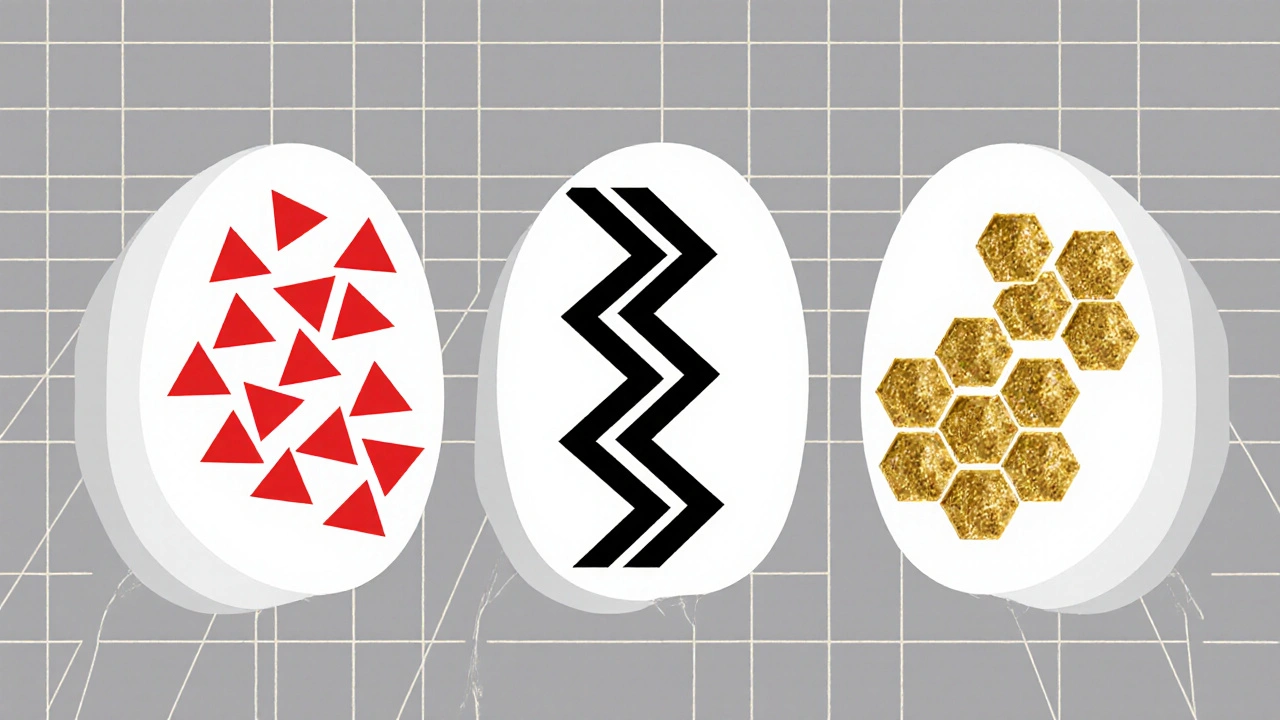
How Fast Do These Conditions Lead to Kidney Failure?
Not all kidney failure happens at the same speed. Here’s how they compare:
- Diabetic kidney disease: Average time from diagnosis to ESRD: 8.7 years
- Hypertensive kidney disease: Average time: 12.3 years
- Glomerulonephritis: Highly variable-50% of low-risk IgA patients keep functioning after 20 years; high-risk patients may fail in under 5
But here’s what really matters: the stage you’re in. If you have microalbuminuria (30-300 mg/g of urine albumin), your 5-year risk of kidney failure is 8%. If you’re in macroalbuminuria (over 300 mg/g), that risk jumps to 44%. That’s not a small difference. That’s a red flag screaming for action.
What You Can Do Right Now
You don’t need to wait for symptoms. You don’t need to wait for a crisis. Here’s what works:
- Test your urine. Ask your doctor for a urine albumin-to-creatinine ratio (UACR). Do it yearly if you have diabetes or high blood pressure.
- Know your numbers. HbA1c under 7%. Blood pressure under 120/80. Protein in urine? That’s your signal to act.
- Start the right meds. SGLT2 inhibitors (like dapagliflozin) for diabetes. ACE inhibitors or ARBs for high blood pressure and proteinuria. Don’t wait for kidney function to drop.
- Watch your diet. Too much salt? Bad. Too much protein? Can strain your kidneys. Aim for 0.8 grams per kg of body weight. Most people don’t need to cut protein unless their kidneys are already damaged.
- Track your progress. Keep a log of your urine tests, blood pressure, and meds. If your numbers move the wrong way, your doctor needs to know-now.
One patient in Belfast told me he started taking dapagliflozin after his UACR hit 120 mg/g. Two years later, it was down to 45. His eGFR stayed stable. He didn’t need dialysis. He didn’t even feel different. But his kidneys did.
The Bigger Picture
Kidney failure isn’t just a medical issue. It’s an economic crisis. In the U.S., treating one person with diabetes-related ESRD costs Medicare $96,000 a year. That’s more than heart failure, stroke, or cancer. And globally, 850 million people have kidney disease. Most don’t even know it.
The good news? We have the tools. We know how to stop this. We know which drugs work. We know which tests catch it early. What’s missing isn’t science-it’s action. People aren’t getting tested. Doctors aren’t pushing hard enough. And patients aren’t staying on their meds.
If you have diabetes or high blood pressure, your kidneys are at risk. Not maybe. Not someday. Right now. The clock is ticking. But you still have time to turn it back.
Can you reverse kidney damage from diabetes?
You can’t fully reverse scarring, but you can stop it from getting worse-and sometimes even improve kidney function. Starting SGLT2 inhibitors or ACE inhibitors early, especially when albumin levels are still low, can stabilize or even improve your eGFR. The key is catching it before permanent damage sets in.
Does high blood pressure always cause kidney failure?
No. Many people live with high blood pressure for decades without kidney damage. But if you also have protein in your urine, diabetes, or are over 60, your risk shoots up. Controlling your blood pressure below 120/80 dramatically reduces that risk. It’s not the pressure alone-it’s how long it’s uncontrolled and whether other risk factors are present.
Is glomerulonephritis hereditary?
Most forms aren’t directly inherited, but some types, like Alport syndrome, are genetic. IgA nephropathy and lupus nephritis can run in families, suggesting a genetic predisposition. If close relatives had kidney disease or autoimmune conditions, you should get screened earlier and more often.
Can you have kidney failure without knowing it?
Yes. Kidneys are incredibly good at compensating. You can lose 70-80% of function before feeling tired, swollen, or nauseous. That’s why blood and urine tests are critical. Waiting for symptoms means waiting too long.
What’s the best test to check for early kidney damage?
The urine albumin-to-creatinine ratio (UACR) is the gold standard. It’s simple, cheap, and detects damage years before your eGFR drops. A blood test for creatinine (used to calculate eGFR) is important too, but it only shows damage after it’s significant. UACR is your early warning system.
What Comes Next
If you’ve read this far, you’re already ahead of most people. Now what? Book a checkup. Ask for your UACR and eGFR. If you’re on blood pressure or diabetes meds, make sure you’re taking them daily. If you’re not sure, talk to your doctor about SGLT2 inhibitors or ARBs. Don’t wait for the next symptom. Kidneys don’t scream. They whisper. And if you miss the whisper, you might never hear the scream.


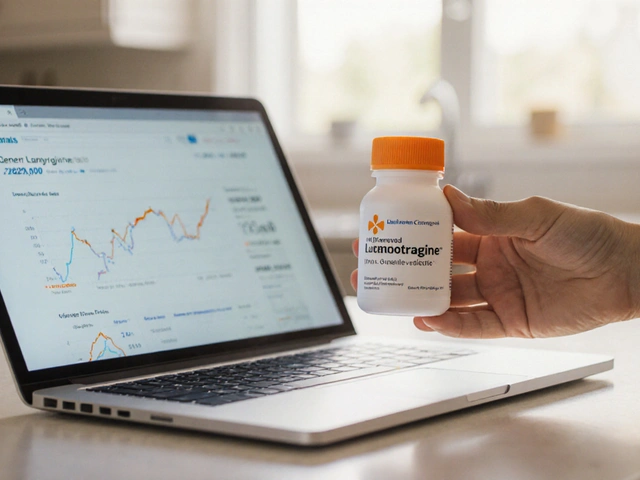
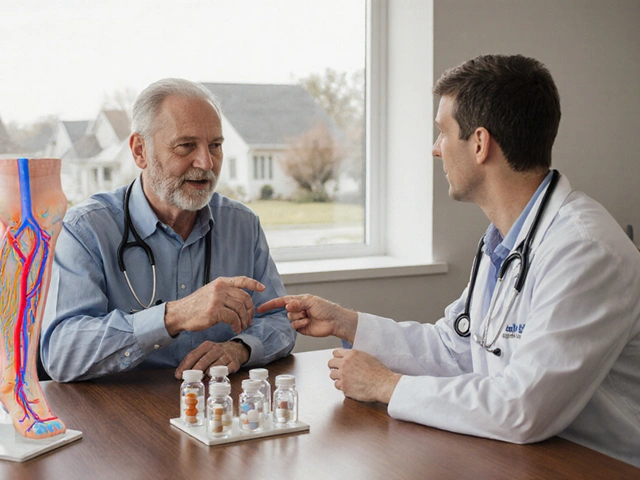

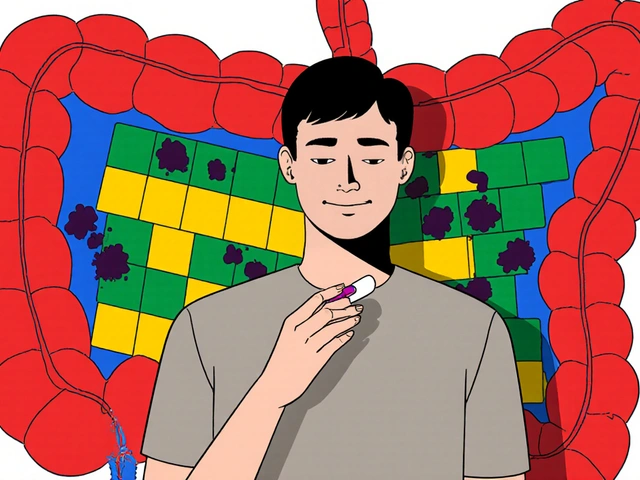
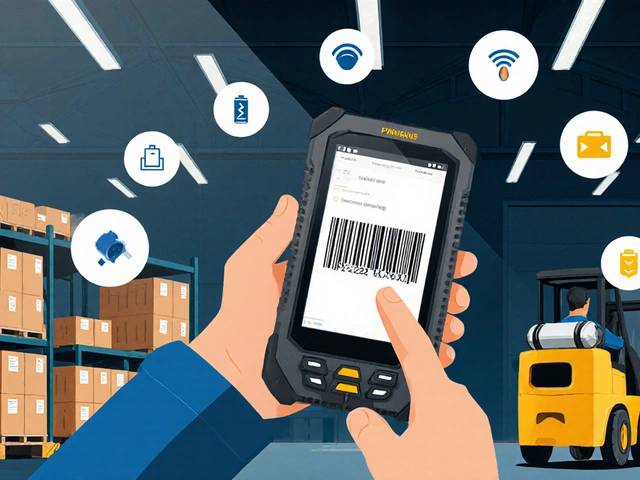
Jamie Watts
November 15, 2025 AT 12:52Let me cut through the noise here - if you're not on an SGLT2 inhibitor by year one of diabetes diagnosis you're basically playing Russian roulette with your kidneys. The NEJM data is crystal clear and yet doctors still wait for eGFR to drop like it's some kind of ritual. This isn't medicine it's negligence wrapped in white coats
Rachel Wusowicz
November 15, 2025 AT 18:54...and yet... the pharmaceutical companies? They're the ones pushing these drugs... the same ones who hid the truth about opioids... what if this is just another profit-driven illusion? I've seen patients on these meds still end up on dialysis... and their insurance? It dropped them like a hot potato when they needed the expensive follow-ups... something's not right here... it's always something...
And why do they never talk about glyphosate? The weed killer in our food? The same stuff that mimics glycine and wrecks mitochondrial function? That's the real silent killer... not diabetes... not hypertension... it's the chemicals they pump into everything we eat... they don't want you to know... they're too busy selling you pills...
John Mwalwala
November 17, 2025 AT 05:49Glomerulonephritis isn't immune system gone rogue it's a failure of the complement cascade specifically C3 dysregulation. The IgA complexes are just the visible tip. The real issue is the alternative pathway activation and the lack of proper regulatory proteins like factor H. That's why rituximab works - it knocks out the B-cells producing the aberrant IgA. But you need to sequence the complement genes first. Most docs don't even know what C3 nephritic factor is. They're treating symptoms not the mechanism. And sparsentan? It's a dual endothelin/angiotensin blocker - brilliant but only for Class IV lupus nephritis with proteinuria over 3g/day. Don't waste it on low-risk patients.
Deepak Mishra
November 18, 2025 AT 20:40OMG I JUST FOUND OUT MY UACR IS 180!! I'M SO SCARED!! 😭 I've been ignoring my blood pressure for years... I thought I was fine because I didn't feel sick... but now I'm reading this and I'm like... oh no no no no no... I need to see my doctor tomorrow!! 🙏🙏🙏 I'm gonna start walking every day and cut out soda and chips... please pray for me!! 🙏💖
Diane Tomaszewski
November 18, 2025 AT 22:19It's strange how we wait for our bodies to scream before we listen. We check our phones constantly but ignore the quiet signals from inside. Maybe the real problem isn't the disease. It's how disconnected we've become from our own physical selves. We treat health like a checklist instead of a conversation. The kidneys aren't failing because of diabetes. They're failing because we stopped paying attention.
Dan Angles
November 19, 2025 AT 06:08While the clinical data presented is robust and evidence-based, it is imperative to acknowledge the socioeconomic disparities that impede equitable access to screening and therapeutic interventions. In underserved communities, the barriers to obtaining UACR testing, consistent medication adherence, and specialist follow-up remain profound. The efficacy of SGLT2 inhibitors and ARBs is contingent upon uninterrupted access, which is not universally guaranteed. Therefore, while individual responsibility is vital, systemic reform must accompany clinical guidance to achieve population-level impact.
David Rooksby
November 19, 2025 AT 14:48Right so let me get this straight - you're telling me the government and Big Pharma are keeping us in the dark about glyphosate and kidney damage because they make more money selling dialysis machines and pills than they would if we just stopped eating processed food? And that's why the FDA won't ban Roundup? And why your GP won't even mention it? Look I'm not some tin foil hat guy but I've been reading forums since 2015 and I've seen this pattern over and over - they warn you about salt and sugar but never about the pesticide residue on your apples or the corn syrup in your ketchup. And don't even get me started on the artificial sweeteners in diet soda - those are worse than sugar for your kidneys. I've been off everything since 2020 and my UACR dropped from 210 to 38. Coincidence? I think not. They don't want you to know because if everyone switched to whole foods tomorrow the pharmaceutical industry would collapse. It's not a conspiracy it's capitalism.
Melanie Taylor
November 20, 2025 AT 04:11My grandma had diabetic kidney disease and she started on dapagliflozin after her UACR hit 140... two years later it was 42 and she didn't even know she was taking a new med because it was just added to her pill organizer... she said she felt the same but her doctor said her kidneys were happier 😊 I cried when I heard that... I'm going to get tested next week... thank you for sharing this... I needed to hear it 💕
Teresa Smith
November 21, 2025 AT 15:36Stop waiting for symptoms. That's the only advice that matters. Your kidneys don't give second chances. They don't send reminders. They don't say 'I'm tired'. They just stop. And when they do, you're not going to be able to undo it with willpower. The science is clear. The tools are available. The cost of inaction is dialysis. The cost of action? A simple urine test and a daily pill. Which would you rather pay for? The money? Or your freedom? Your body is not a machine you can ignore until it breaks. It's a living system that whispers before it screams. Listen now. Not later.
ZAK SCHADER
November 22, 2025 AT 21:21So let me get this straight... we're supposed to believe that some fancy new pills from big pharma are gonna fix everything? Meanwhile our whole country is drowning in processed food and soda and nobody talks about that? This is why America's health is garbage. We fix symptoms with drugs instead of fixing the damn root cause. Eat real food. Stop drinking sugar water. Walk. Sleep. Stop being lazy. That's the real solution. Not some $500 a month pill that makes you pee more. I'm not paying for this nonsense.
Danish dan iwan Adventure
November 23, 2025 AT 04:21UACR >300 = 44% risk of ESRD in 5 yrs. SGLT2i reduces risk by 32%. ACEi/ARBs slow decline by 20-30%. Sparsentan reduces proteinuria by 50%. Data solid. Action required. No ambiguity.